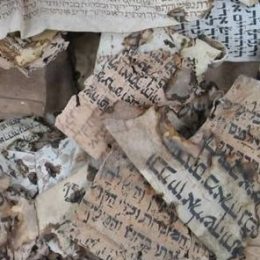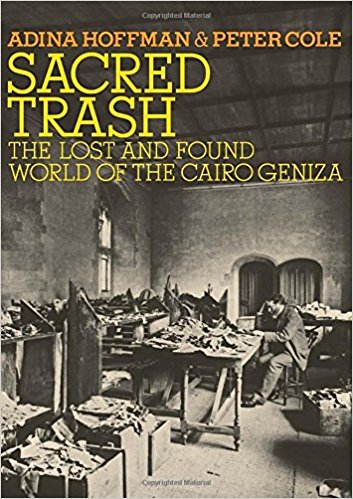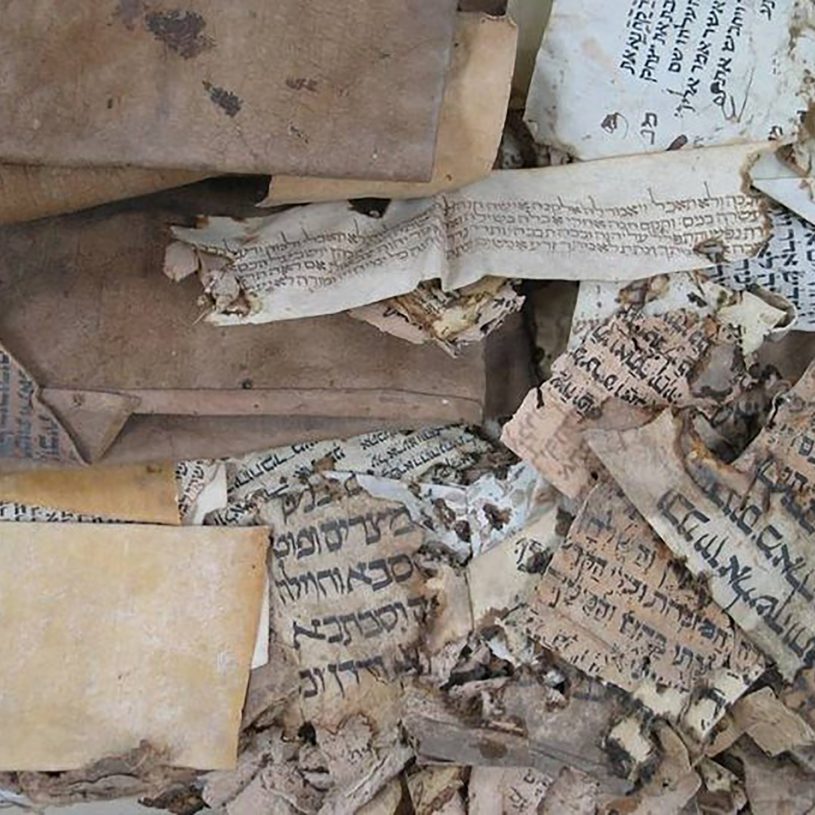Exploring the world of art, history, science and literature. Through Religion

Welcome to TreasureQuest!
Look through the treasures and answer the questions. You’ll collect jewels and for each level reached, earn certificates.
How far will you go?
You need an adult’s permission to join. Or play the game without joining, but you’ll not be able to save your progress.






Are there links to current religious practices or a modern equivalent?
The manuscripts were found in the Genizah [a ‘sacred storeroom’ in a synagogue where papers too holy to destroy are stored] of a very old synagogue in Cairo. To this day, according to Jewish tradition, texts with the name of God on them should not be disposed of casually, but gathered together respectfully and then buried in the ground. Because they had such a large storage room, the Jews of Cairo did not end up burying most of their writings, and instead the texts survived and can be read today.

Where is it from, where is it now?

Websites
Cambridge Digital Library
The Taylor-Schechter Cairo Genizah Collection at Cambridge University Library is the world’s largest and most important single collection of medieval Jewish manuscripts.
Cambridge University Library Fragment of the month
More details on the finds. A particularly interesting fragment, unearthed by the research team or one of our Genizah colleagues worldwide.
Cambridge University HE+
The Dead Sea Scrolls
Books

A Jewish archive from old Cairo : The history of Cambridge University’s Genizah collection
Reif, Stefan C.
2000, Curzon

Sacred Trash : The lost and found world of the Cairo Geniza
Hoffman, A., & Cole, P.
2011, Schocken Books
Podcasts
Life in Fragments: Stories from the Cairo Genizah
After an introductory episode on the discovery of the Collection, each episode deals with a specific topic, focussing on the historical documents and what they can tell us about the Mediterranean world of the Middle Ages.










 Faculty of Divinity
Faculty of Divinity